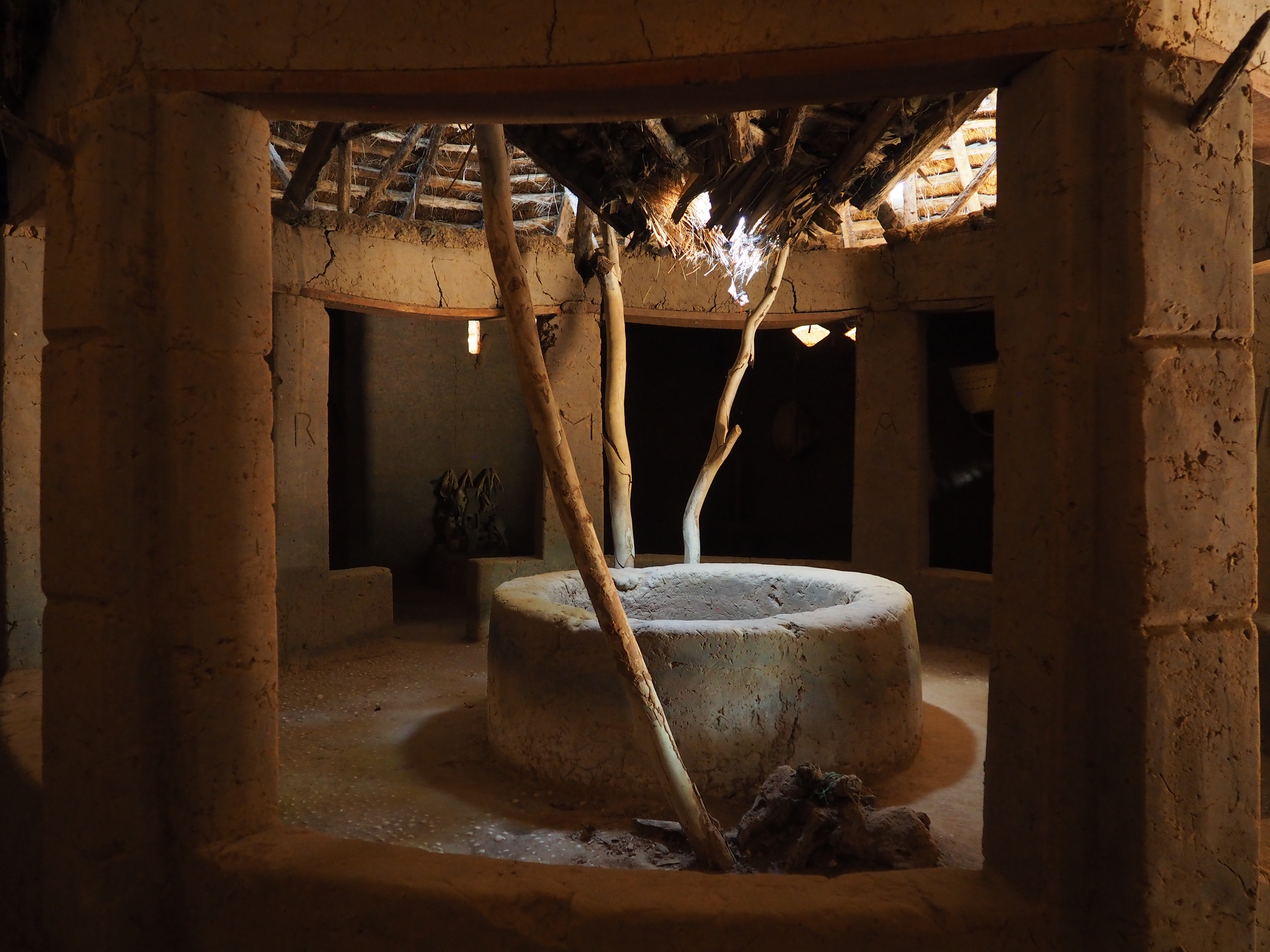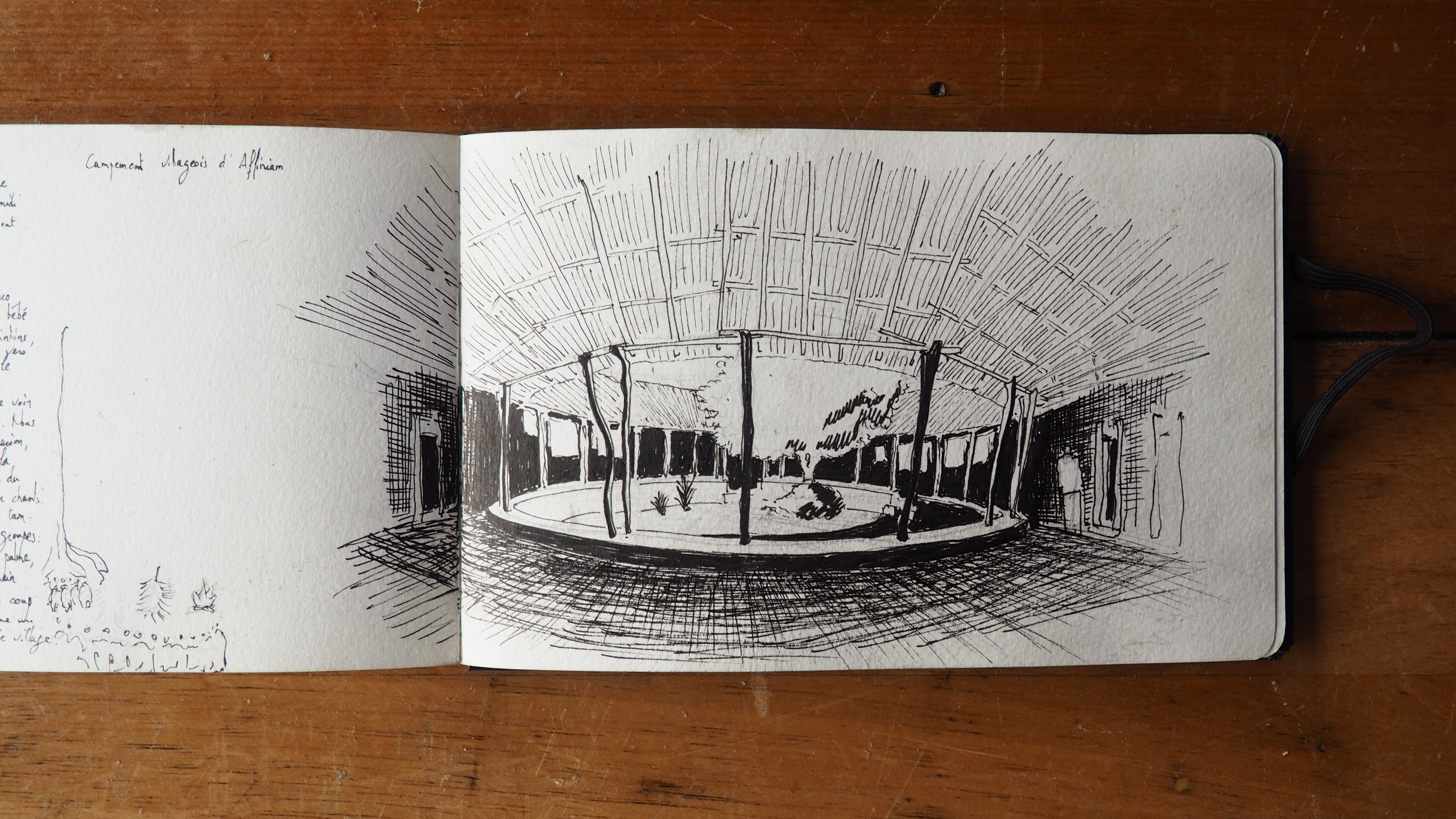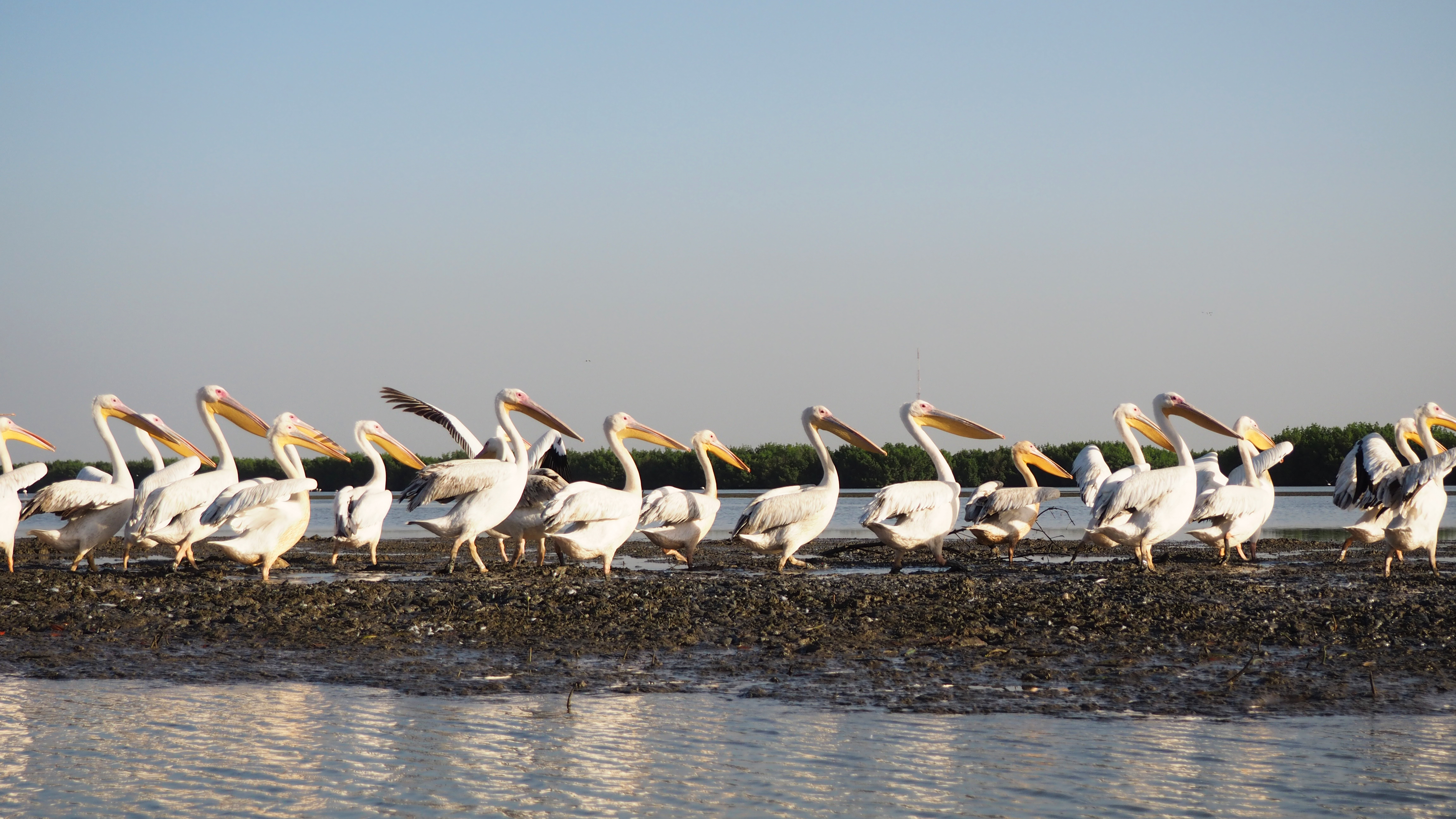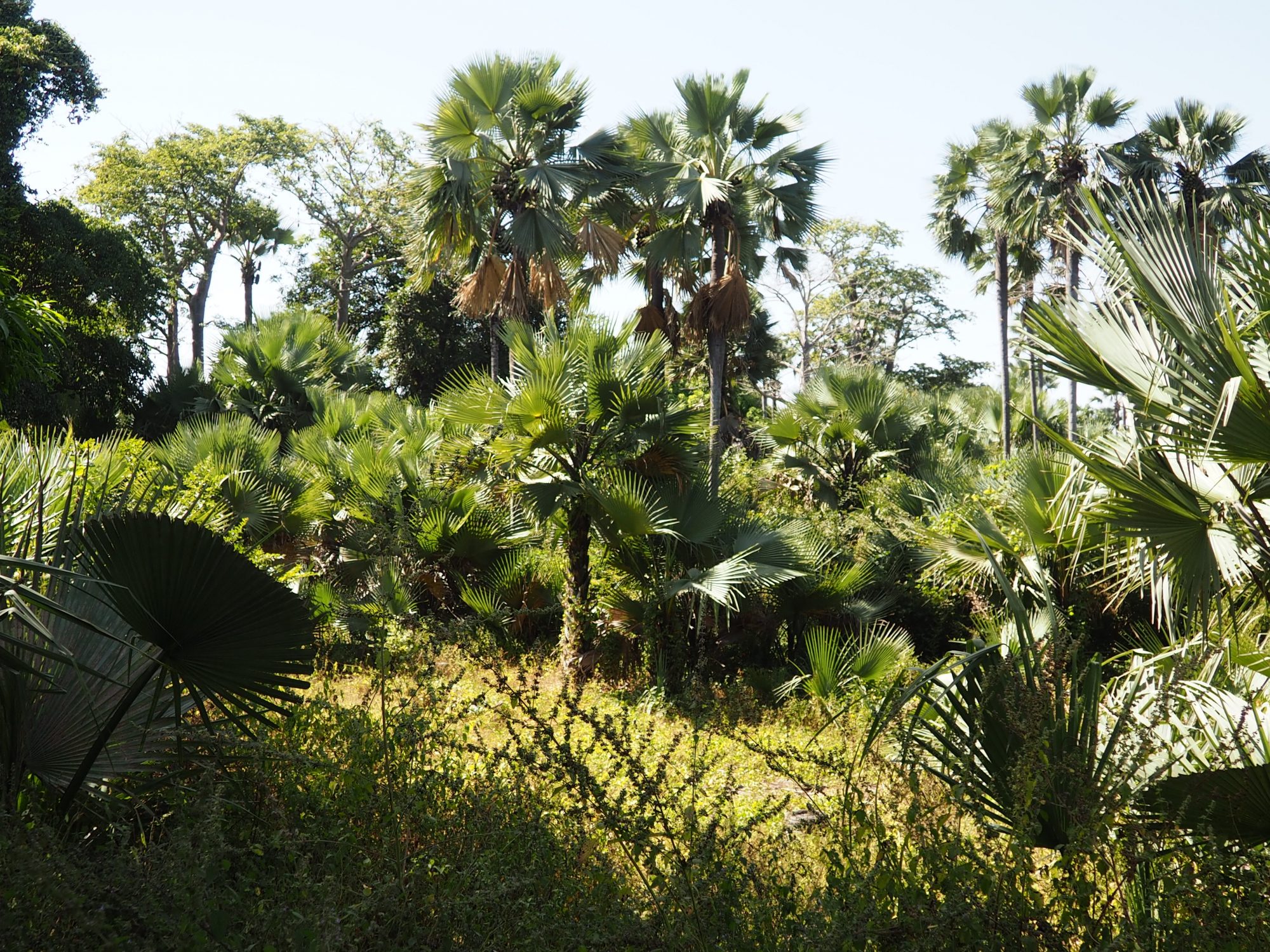Casamance is a region in southern Senegal, located between Gambia and Guinea Bissau. It presents very diverse landscapes often more green than the rest of the country. Indeed it is irrigated by a long river, also called Casamance, and its many tributaries.
This region is inhabited mostly by the Diolas people, while the Wolofs, the country’s majority ethnic group represents only 5% of the population of the region. Islam and Catholicism were not really widespread until the last century and some inhabitants continue to perpetuate ancestral animist rites.
The region was first colonized by the Portuguese and then sold to French who etablished several commerical counters there from the XVIIth century.
Since the 1980s, the region has know strong tensions following the conflict between the separatist movement and the Senegalese government. The violence reached its peak in the 1990s before falling back in 2010s. Since 2016, the region is no longer considered a risk zone by France * and the new stability of the region helped to developp the tourist in the region.
To discover the landscapes of Casamance, I walked from village to village or used taxi-brousse or canoe. In most villages, people have built camps to accommodate tourists and travelers. For a small fee, they offer to spend the night in traditional huts. The money generated is reinvested in the development of the camp, schools or other municipal buildings. When I visit the region, it was out of the full touristic season and I was sometimes the only one to overnight in the camp. I really liked this way of travelling whitch allowed me to spend some times with inhabitants, to discover local customs or to explore the surroundings with other tourists and a guide or advised by the locals.
*FRANCE 24, « Sénégal : en Casamance, l’espoir d’une nouvelle ère » (consulté le 6 décembre 2018)
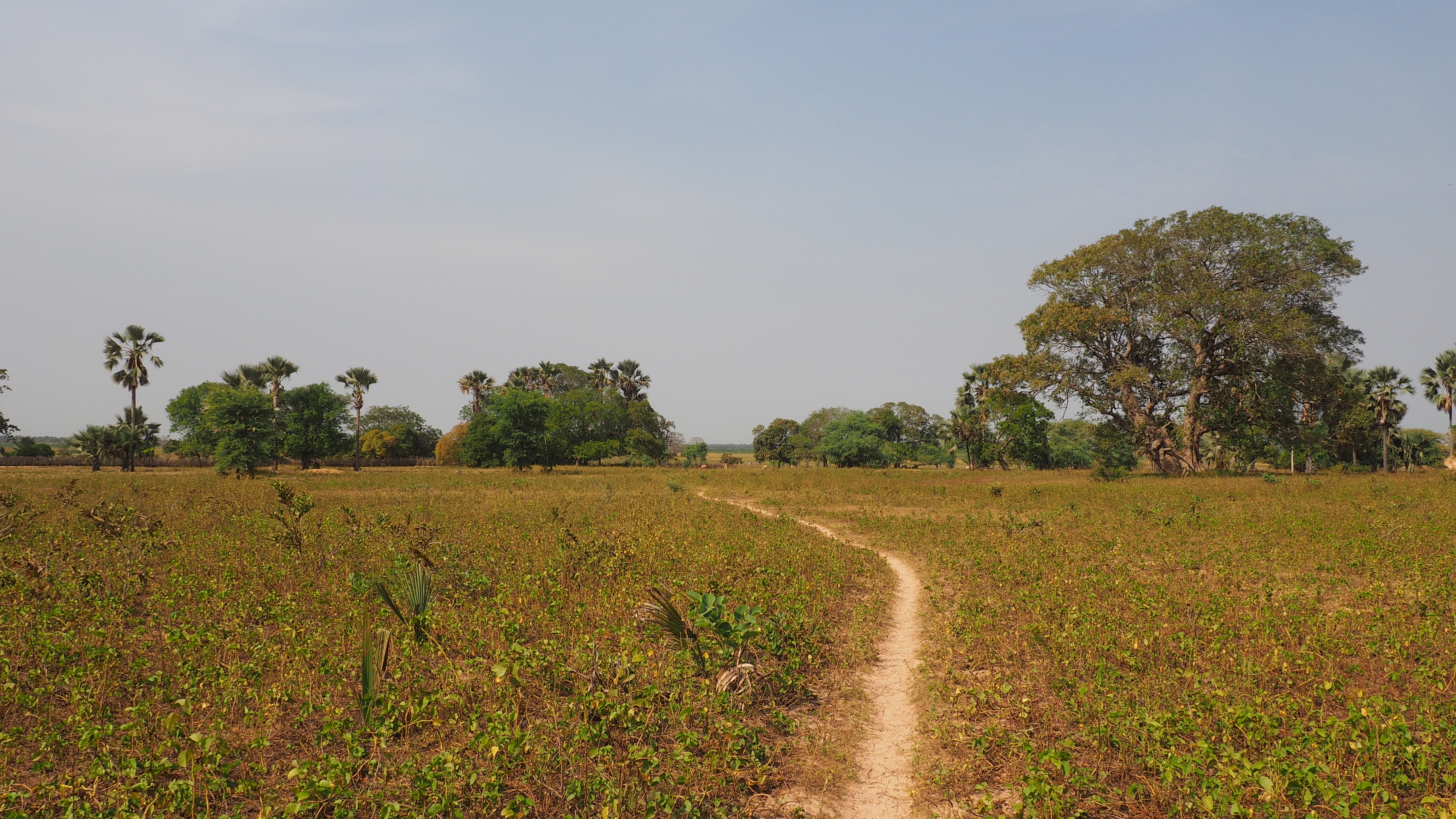
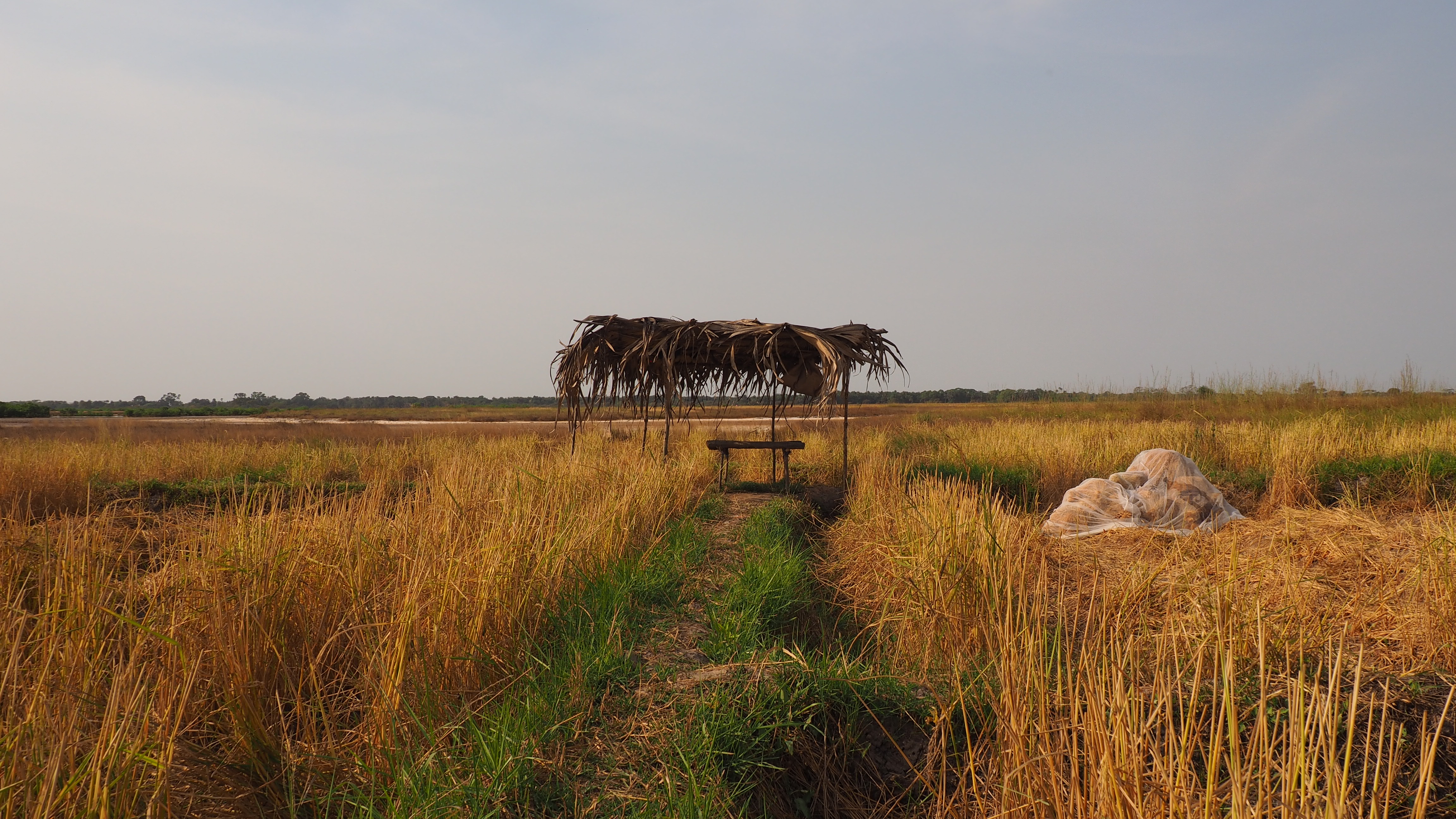
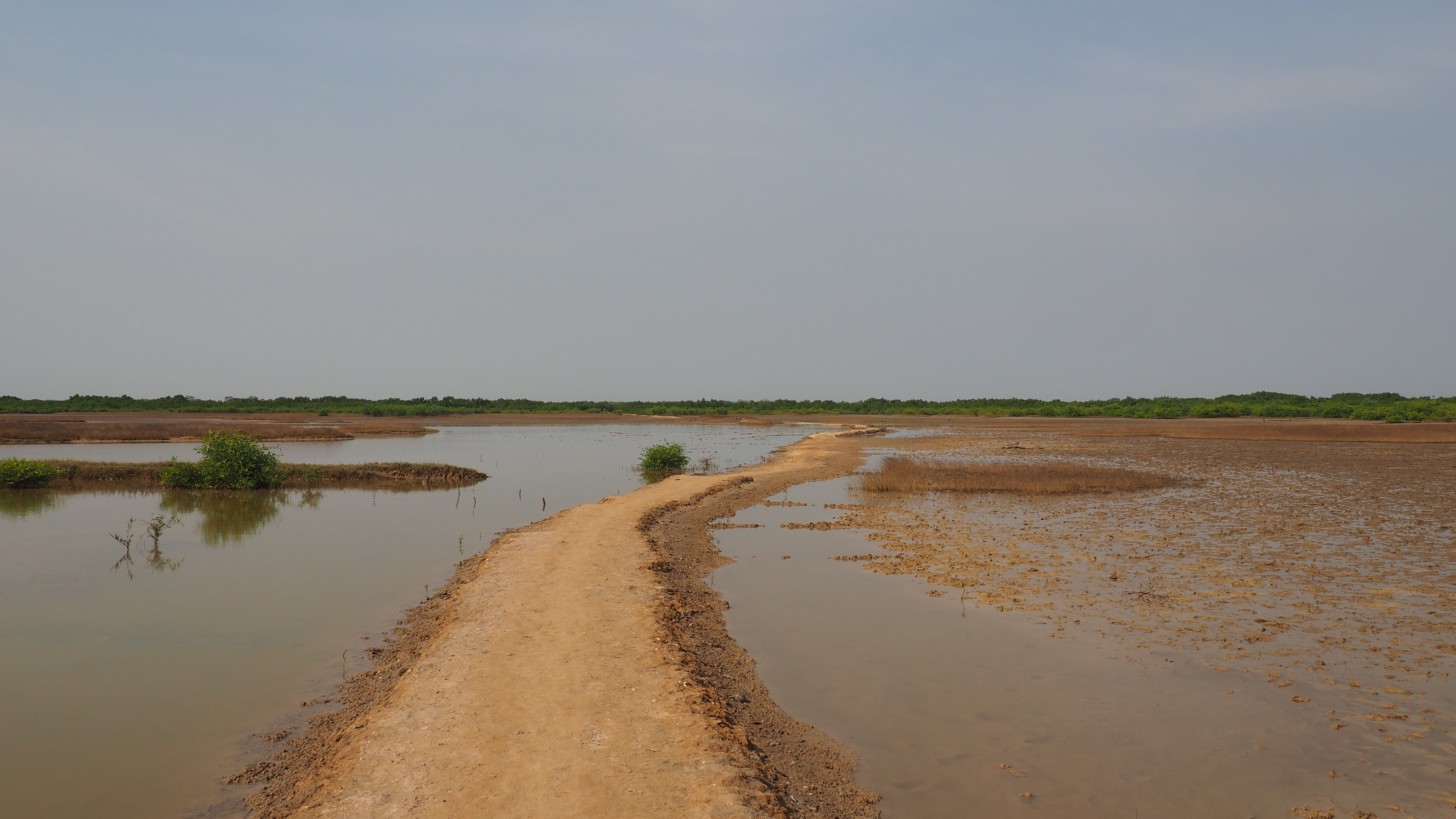
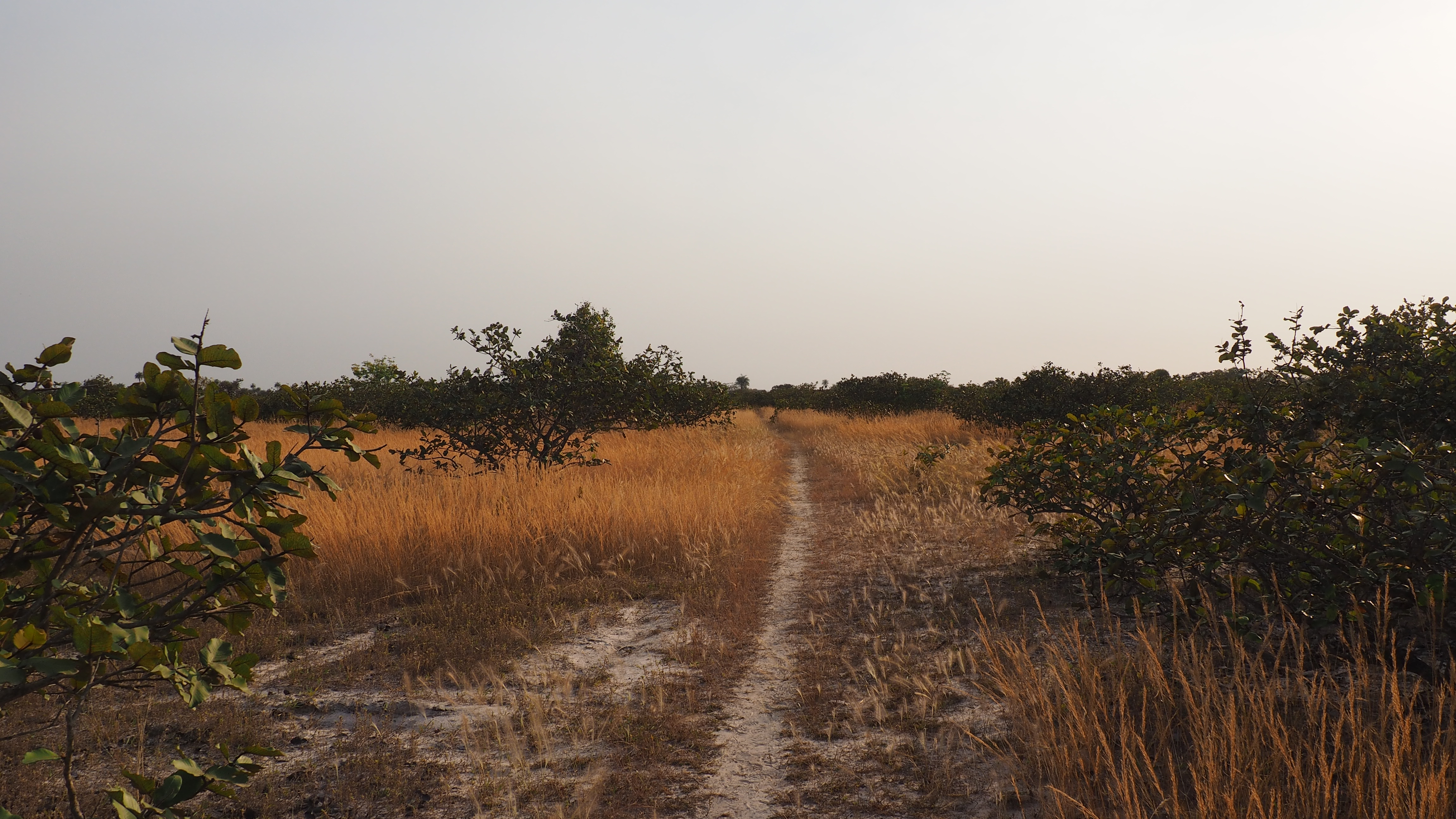
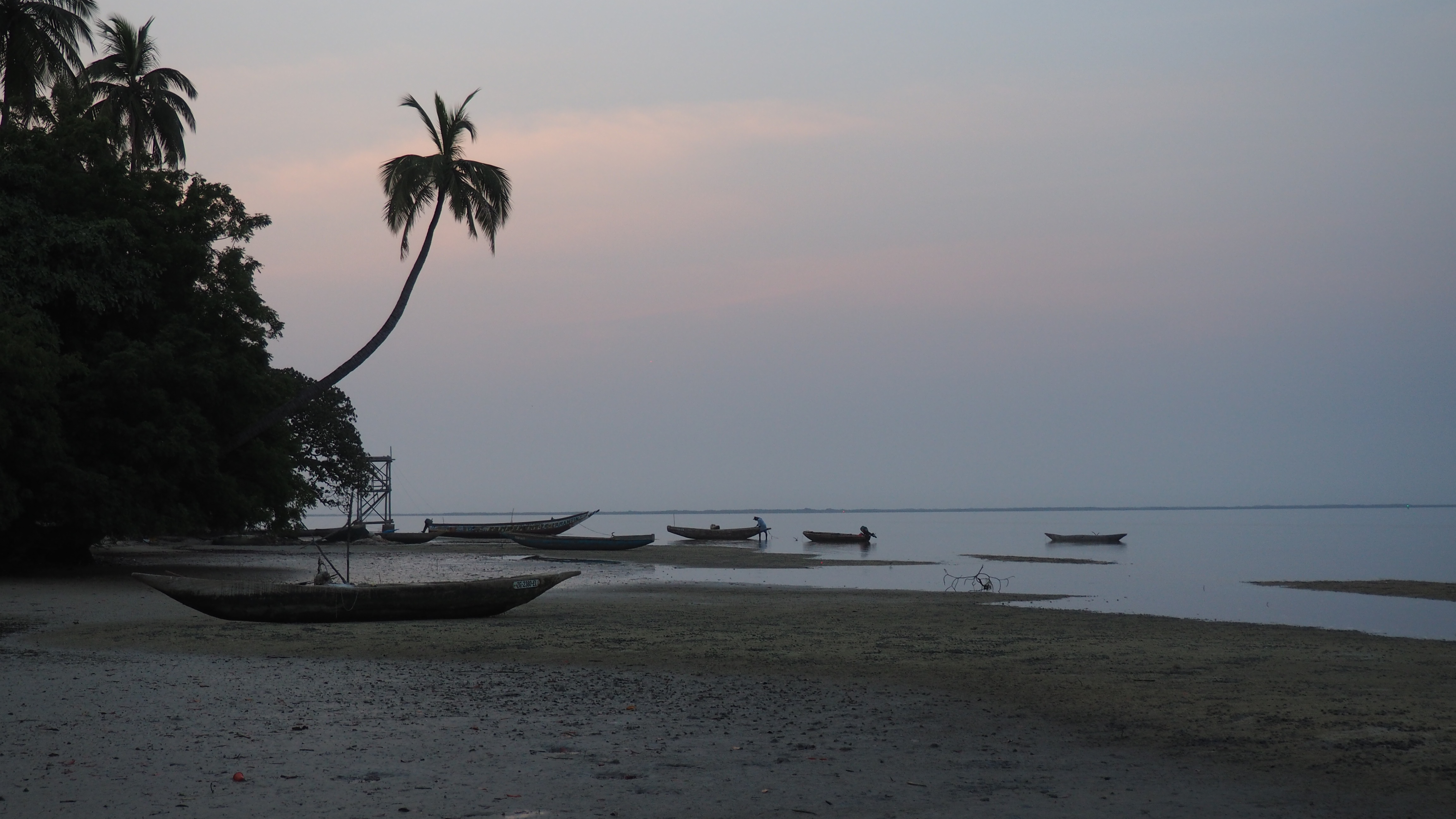
In the Casamance villages, most of the houses are huts built with mud (here they are called « banco » constructions). Masons mix earth and clay, which they mold directly on the wall, without formwork. Once they have made a block of one meter in length and fifty centimeters high, they let it dry and will not realize the neighboring blocks until the next hours. In fact, banco construction look like lego constructions : one can still guess the joins between each block and that each one has a color slightly different from its neighbors. A banco contruction could last about 50 years ( it’s a lot comparing with our mud construction in Europe whitch last less than 20 years).
The banco is particularly well adapted to the climate of the region because the massive walls redistribute the freshness of the night during the hottest hours of the day. Yet more and more homes are now built in cinderblock, much faster to implement. Similarly, the thatched roofs, which had to be redone every 2 to 5 years, have now almost all been replaced by aluminum sheets, not at all adapted to the african heat but much more economical.
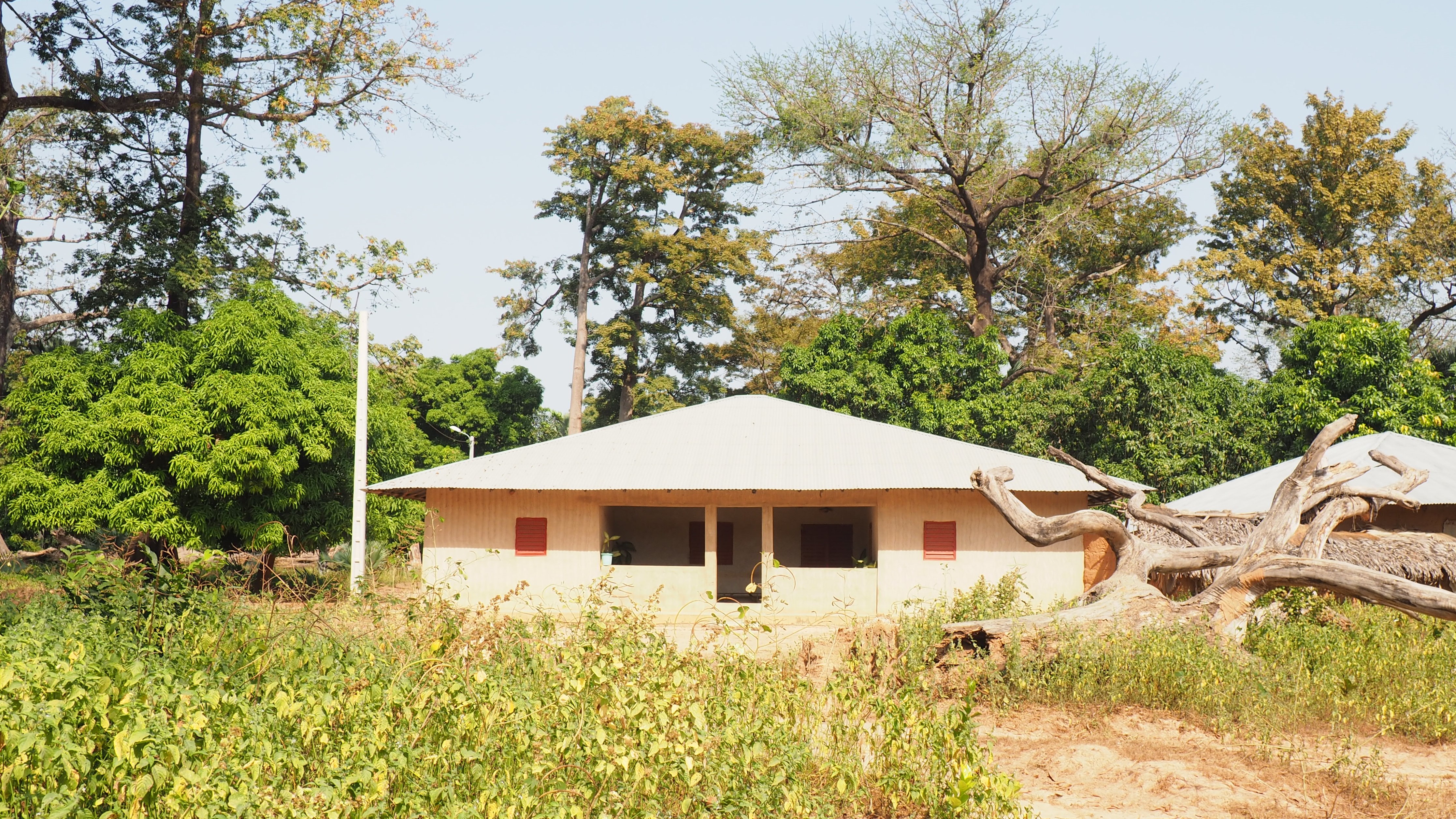
Most of these huts present a square plan and have just one level, in some villages one can still discover huts with floors. Tourist guides report that a former Senegalese gunner popularized this model by reproducing proudly in his hut, what he had seen in Europe during the First World War. Nevertheless the boxes with floors existed for a long time in Casamance and this senegalese soldate only replaced the removable ladder, by a staircase placed in a new hall. Moreover to see old houses with floors, no need to travel to Europe, the capital of the region, Ziguinchor, présents many colonial buildings.
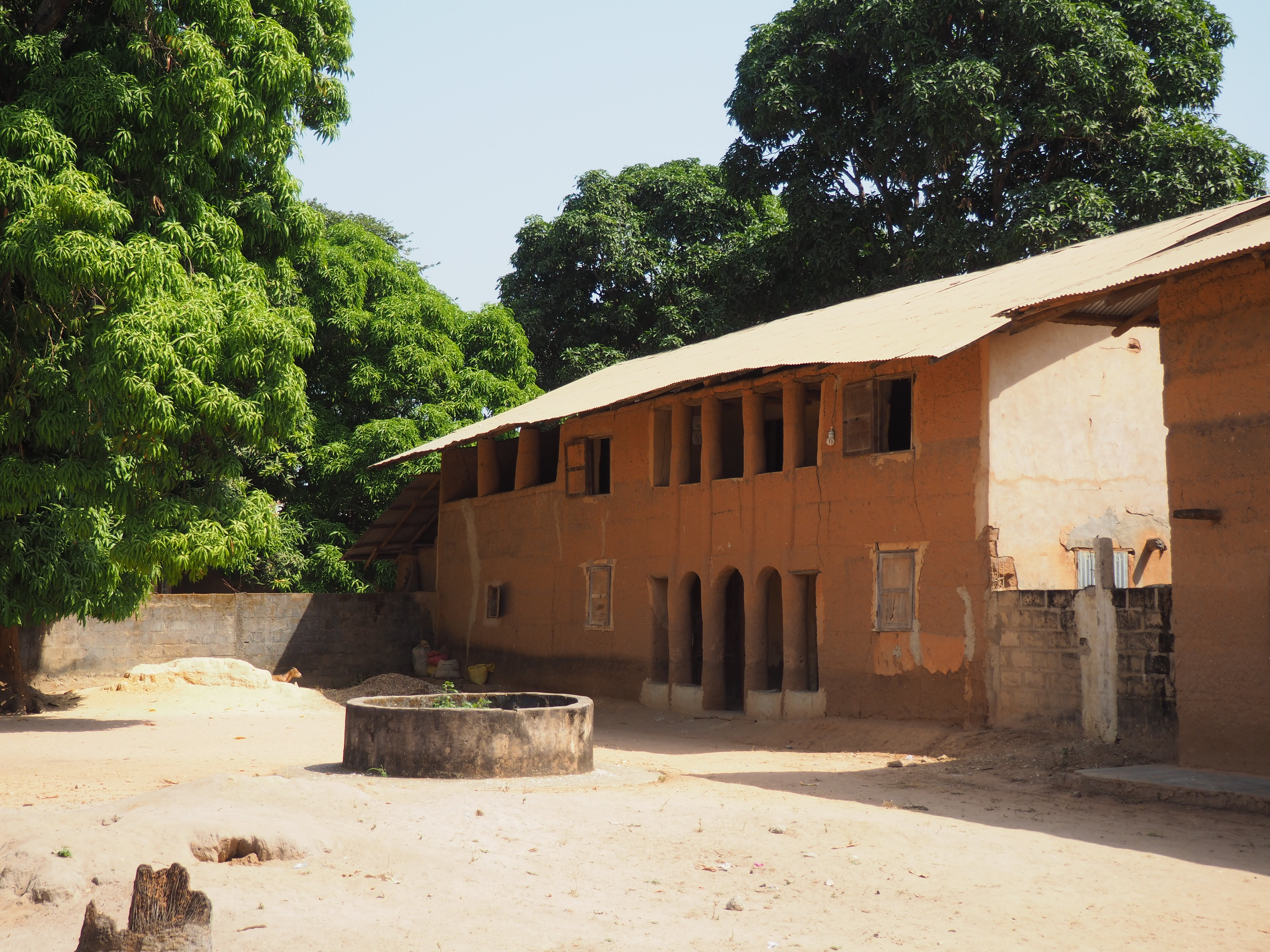
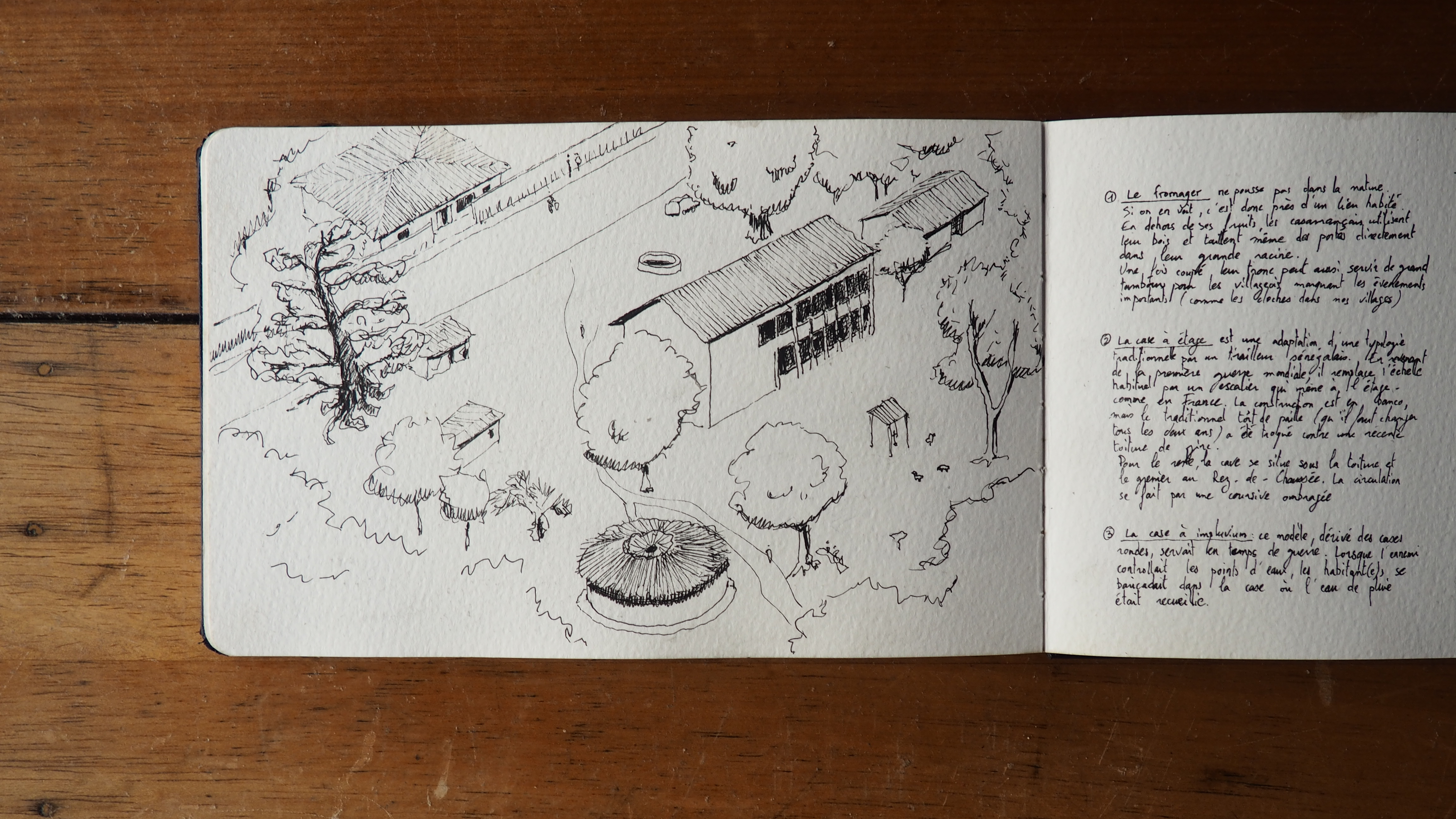
Another architectural curiosity of Casamance is the impluvium hut. This model derived from the round huts was used mainly in wartime: when the enemy controlled the water points, the inhabitants could barricade themselves in the hut where they collected the Rainwater.
